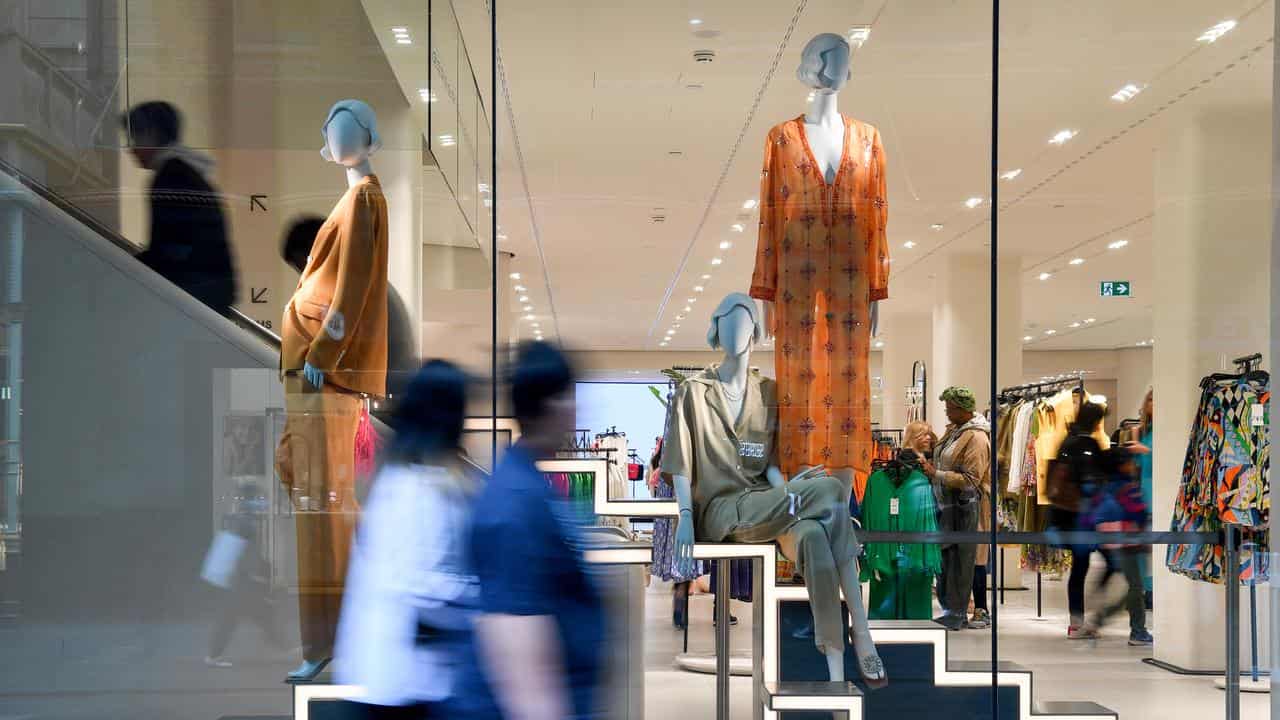
Attacks on ships and other global freight issues are adding to costs for Australian businesses, as an expert warns the logjams will drive consumer prices higher.
Freight and Trade Alliance director Paul Zali said some in the industry were referring to the latest supply chain woes as a "baby COVID" in reference to the surge in freight costs during the pandemic.
"It is increasing costs, and that will flow on to consumers," he told Sky News on Thursday.
"From confectionery, to luxury items, through to medical goods, you name it, it's all going to be caught up in them."

Attacks by Houthi militants on ships in the Red Sea have led to delays as vessels are forced to take the longer route around Africa's Cape of Good Hope to get to Asian trans-shipment ports, such as Singapore.
The longer transit was holding up empty containers from getting to ports, Mr Zali said, leaving fewer available for transporting goods and complicating logistics in trade hubs.
Further restraining global trade capacity was the Biden administration's tariffs on Chinese goods, and the threat of more protectionist policies should Donald Trump become president, as it was forcing a massive rush of goods from China to the US, he said.
The benchmark Drewry’s World Container Index, a composite of container prices, has more than doubled since early-May, lending weight to renewed concerns about the impacts of shipping on inflation.
Assistant Trade Minister Tim Ayres said the dynamics in the global shipping environment were "not new" and had been impacting the duration and cost of shipping to Australia ever since security issues started developing in the Red Sea.
“Australia is at the end of the Southeast Asian archipelago," he told Sky News.
"We rely upon trade with the world, and so this does have an effect on Australia.
"Whether it's congested shipping container terminals in Singapore or Malaysia or more broadly in the region, it has an impact on our imports and on our exports to the world."
The Albanese government was focused on inflationary pressures it could control, Senator Ayres said, including delivering budget surpluses and cost-of-living relief "that doesn't put up inflation".

Monthly inflation figures stoked fears of another interest rate hike or, more likely, rates staying higher for longer.
The Australian Bureau of Statistics recorded a higher-than-expected four per cent rise in May, up from 3.6 per cent in April.
Much hinges on June quarter inflation ahead of the next Reserve Bank of Australia interest rate meeting in August.
ANZ economists Sophia Angala, Madeline Dunk and Catherine Birch said another hike could not be ruled out but they expected rates to stay on hold until February 2025.
"The post-meeting statement was slightly more hawkish, with the board noting they are willing to 'do what is necessary' to return inflation to target and will remain vigilant to upside risks in inflation," they said.
Spending data out on Thursday suggests the consumer sector remains subdued, though the Commonwealth Bank household spending indicator picked up 0.6 per cent over the month of June, to be 3.9 per cent higher over the year.
Economic challenges appear to be hitting renters harder, the indicator showed, with a 0.9 per cent fall in renter spending recorded in the year to June.
Spending as tracked by the bank in its monthly index was stronger for outright home owners, lifting 2.1 per cent in the year to June, as well as for mortgage holders, rising 1.5 per cent.









